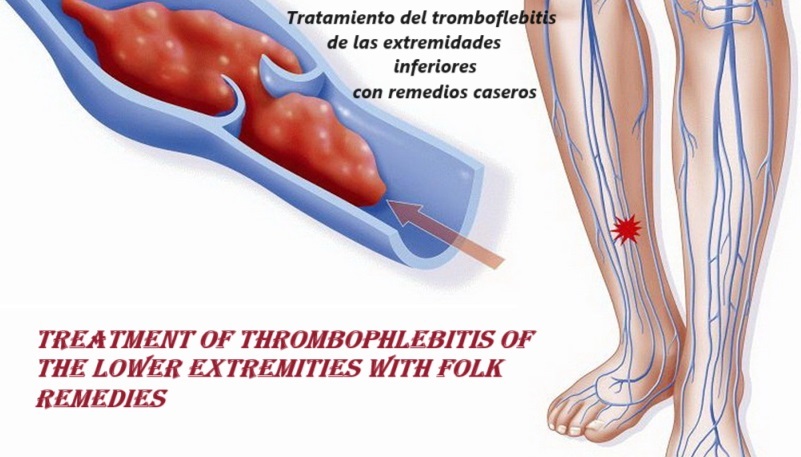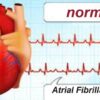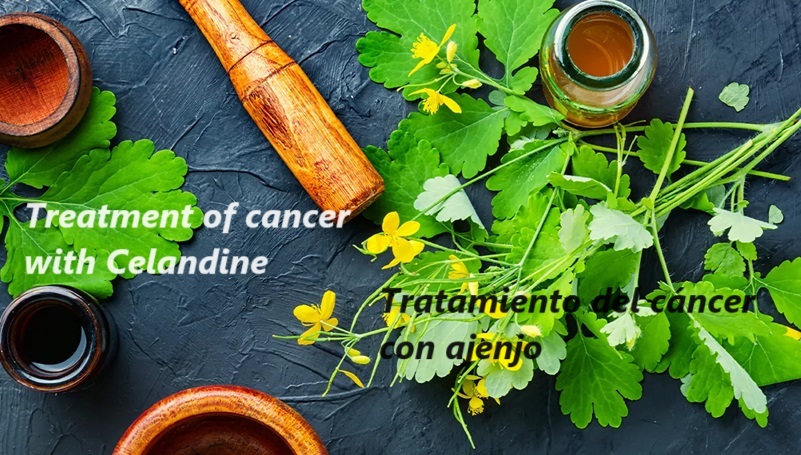Thrombophlebitis is inflammation of a vein caused by a blood clot. When we talk about this condition, we most often mean phlebitis of the venous walls of the lower extremities, caused by a thrombus formed within the vein. Thrombophlebitis is diagnosed visually, and examination of the affected area usually does not require further tests, but sometimes observation of pulse, temperature, blood pressure, examination of the skin condition, and blood circulation may be necessary. As an alternative method, treatment of thrombophlebitis of the lower extremities with folk remedies is often considered at various stages of the disease.
Treatment
Acute or chronic thrombophlebitis, depending on the depth of the affected vessels, is diagnosed as deep or superficial. The most dangerous manifestation of the disease is its acute form; acute thrombophlebitis of the legs can develop rapidly and is characterized by acute muscular pain along the vein, swelling of the legs, and deterioration of the general condition.
The disease often accompanies a rise in body temperature to 39 degrees Celsius and higher, accompanied by chills. The appearance of signs of the disease in acute form is a serious reason to call a doctor or emergency assistance. Before consulting a specialist, no folk remedies should be applied; the patient can be given a fever-reducing medication and must be placed in bed, ensuring that the affected limbs are in a raised, calm position. Any rubbing, massage, or even light stroking should be strictly avoided. Acute thrombophlebitis can be treated at home, but if the lesion affects deep-seated veins, treatment can only be done surgically, especially if abscesses are detected.
In the absence of acute symptoms of the disease, it is permissible to treat thrombophlebitis of the lower extremities with folk remedies at home independently.
HOWEVER, only after examination and recommendations from a specialist.
Which folk remedies are most effective for treating thrombophlebitis?
Most of the described folk methods for treating thrombosis are quite simple, and the recipes contain components that are readily available.
Here are a few of the most popular recipes:
Honey compress: spread honey on linen fabric and apply it to the affected areas for the first 3 days for 2-4 hours per day, then it can be left overnight. The leg should be wrapped with something warm over the honey fabric, secured with a bandage.
Cabbage compress is very effective for thrombosis and hematomas. It is done like this: slightly flatten a cabbage leaf and make incisions with a sharp knife, spread honey or vegetable oil on one side of the leaf, apply it to the affected area, cover with natural fabric, and secure with a bandage. Such a compress should be kept on as long as possible, preferably up to 24 hours. The effect will be noticeable after the first application, but the treatment should be continued for a month.
Treatment with bitter and silver wormwood, the rhizome of calamus, male fern herb, aloe, ripe tomatoes, apple cider vinegar, and even lard is also effective against thrombophlebitis.
The effectiveness of treatment is greatly enhanced by light leg exercises, massage, and walking. Prolonged sitting in one position, especially leg over leg, should be avoided.







